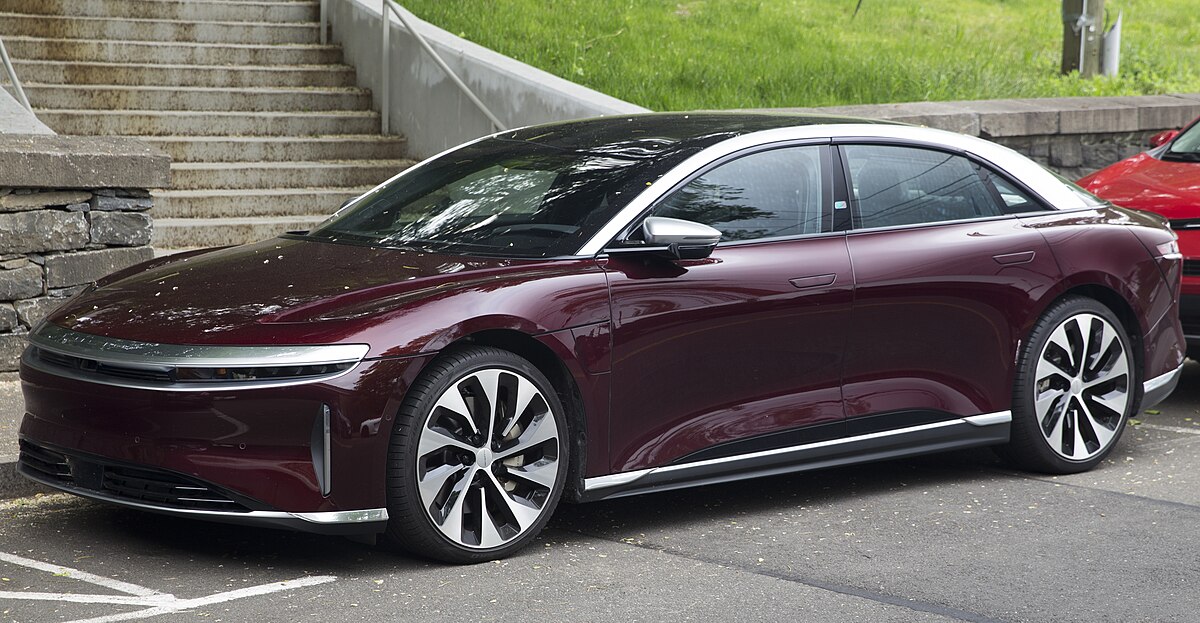When it comes to car ownership, few things are more important than how well a vehicle holds up over time. A car that can run strong for years without major repairs offers peace of mind, lower costs, and long-term satisfaction.
On the other hand, some vehicles show their true colors alarmingly fast—racking up service visits, draining wallets, and earning regret before the first year is even over.
In this feature, we’re diving into both ends of that spectrum. First, we’ll spotlight five cars that were built to last—models that routinely cruise past 200,000 miles with minimal drama.
These are vehicles known for their solid engineering, time-tested reliability, and track records of long-term ownership. Whether you’re a daily commuter, a road-tripper, or just someone who holds on to cars for a decade or more, these long-haul champs won’t let you down.
Then, we’ll look at five cars that collapse in the first year—models that may look promising but quickly reveal themselves as problematic.
Whether due to design flaws, build quality issues, or poor dealer support, these vehicles often have owners heading back to the service bay more than the highway.
Let’s begin with the long-distance legends that define true automotive endurance.
Also Read: 5 Rideshare Cars With Long Lives and 5 That Break Fast
5 Cars Built for the Long Haul
In a market increasingly driven by features, styling, and short-term trends, there’s still a strong case to be made for good old-fashioned durability.
For many car owners—especially those who commute long distances, drive for work, or simply don’t want to deal with constant trade-ins—the ultimate benchmark of quality is how long a vehicle can keep running without falling apart. That’s where long-haul champions come in.
These aren’t necessarily the flashiest or most high-tech cars on the road. Instead, they’re the models that quietly clock 200,000, 300,000, and sometimes even 400,000 miles without major issues.
They’re chosen by delivery drivers, road warriors, families, and even fleet managers who know that time spent in the shop is money lost. These vehicles earn their reputation through real-world use, not marketing hype.
In this section, we highlight five standout models that are consistently recognized for their longevity. Their engines are built to take abuse, their transmissions are proven over time, and their parts are readily available and affordable.
These cars have either survived extreme mileage tests or have been confirmed by real-world owners who praise them for still running strong well past the 10-year mark.
We’re covering these cars to help buyers who are looking for more than just a short-term lease or a flashy dashboard—they want something that lasts.
If you’re investing in a vehicle and want a return that comes in the form of years of reliable service, these five long-haul legends should be at the top of your list.
Let’s start with one of the most legendary names in long-distance durability—the Toyota Camry.
1. Toyota Camry (2002–Present)
Few names are more synonymous with long-term reliability than the Toyota Camry. For decades, the Camry has set the gold standard for sedans that go the distance—not just 100,000 miles, but often 250,000 or more without breaking a sweat.
Whether it’s used as a commuter, a family hauler, or a rideshare workhorse, the Camry routinely earns its reputation as one of the most bulletproof vehicles on the road.
Part of what makes the Camry such a long-haul success is its engineering simplicity and consistency. Toyota hasn’t reinvented the wheel with each generation.
Instead, it has steadily refined its powertrains, particularly the 2.4L and 2.5L four-cylinder engines, which are known for running quietly and cleanly well into high mileage. The available V6 models are just as durable, though slightly thirstier.
Transmissions, whether automatic or CVT (in hybrid trims), are also remarkably resilient. With basic maintenance—regular oil changes, fluid checks, and air filters—Camrys can often avoid major repairs altogether.
Many owners report keeping their Camrys for 15–20 years, with little more than routine service and wear-and-tear items like brakes and tires.
Interior components also hold up well. Unlike some competitors, where buttons wear off and seats fray within a few years, the Camry’s cabin materials stay intact and comfortable for the long haul. The layout is ergonomically smart, making it ideal for those who spend long hours behind the wheel.
Fuel efficiency is another major plus. Even older models average 28–32 mpg combined, and the hybrid versions can push that number above 40 mpg, making the Camry not just reliable, but affordable to keep running.
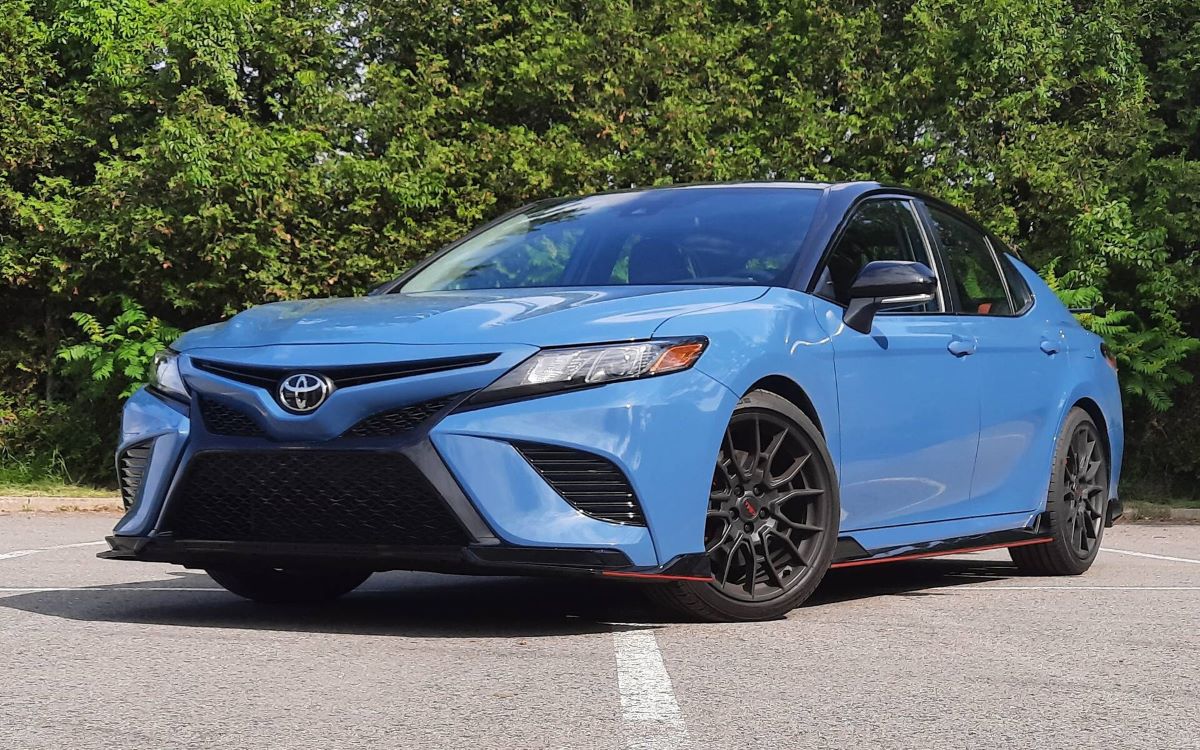
Its resale value, while moderate, is backed by strong demand on the used market. Mechanics love them, parts are cheap and widely available, and there’s a massive support community for DIYers and owners alike.
Bottom line: If you’re looking for a sedan that will stick with you through job changes, moves, road trips, and everything in between, the Toyota Camry is a name you can count on.
Next up, another name known for long-haul dependability and hybrid innovation—the Honda Accord.
2. Honda Accord (2003–Present)
The Honda Accord has long been one of the most trusted vehicles for anyone who wants a dependable, long-term companion on the road.
Known for its balance of efficiency, comfort, and rock-solid engineering, the Accord is often praised for its ability to cruise past 250,000 miles with minimal fuss. Whether you’re a high-mileage commuter or a family driver looking for decade-long service, the Accord rarely disappoints.
A major part of the Accord’s reputation for longevity comes from its engines. The 2.4L inline-4 VTEC engine, used for much of the 2000s and 2010s, is legendary for its ability to take abuse and still deliver strong performance.
It’s not uncommon to find Accords with well over 300,000 miles still running smoothly with original powertrains. The 3.0L and 3.5L V6s, available in higher trims, also offer long service lives, though they require more diligent timing belt maintenance.
Transmission reliability, once a sore spot for early 2000s V6 models, improved significantly after 2005. Later models, including those with CVTs and 10-speed automatics, have proven solid when serviced regularly. Honda’s attention to drivetrain refinement has paid off in a car that performs well at all ages.
What also makes the Accord a long-haul champ is the interior build quality. Seats remain supportive, controls stay functional, and the dashboard rarely suffers from electrical glitches or cosmetic breakdown. Many owners drive their Accords daily for over a decade with barely any squeaks or rattles.
Maintenance costs remain reasonable. Parts are easy to source, and the Accord’s design is straightforward for most shops to work on. Even hybrid versions have a good track record, with battery packs typically lasting 150,000 miles or more.
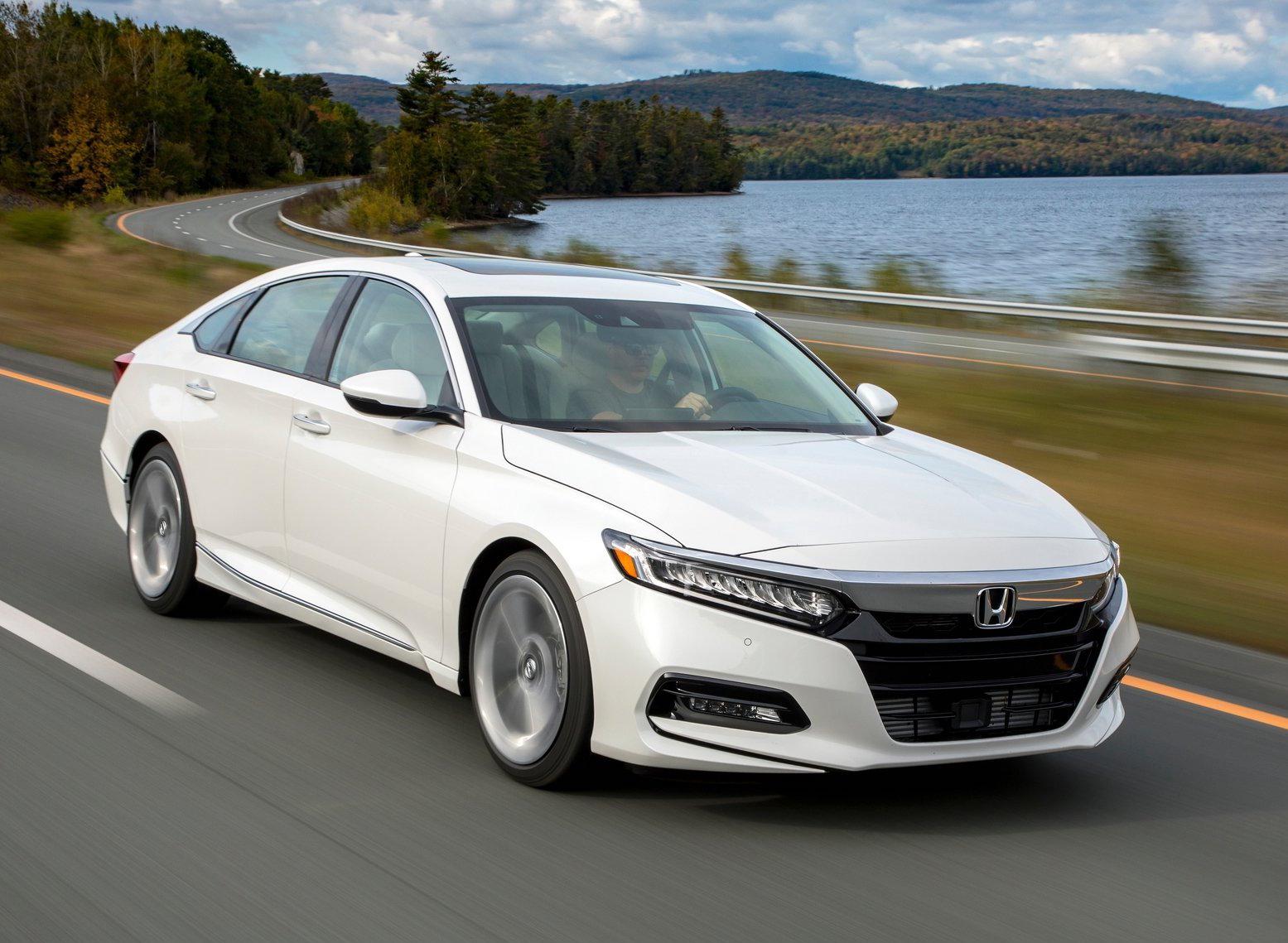
Beyond the hardware, the Accord simply feels built to last. Its composed handling, road stability, and strong brakes make it a great choice for drivers who rack up serious mileage year after year.
For those looking for an affordable car that behaves like a premium product in the long term, the Accord remains one of the most well-rounded and reliable choices on the road.
Up next: a compact SUV with a massive reputation for reliability—the Toyota RAV4.
3. Toyota RAV4 (2006–Present)
In the world of compact SUVs, the Toyota RAV4 has carved out a reputation that few rivals can touch—especially when it comes to long-term durability.
Blending car-like drivability with SUV practicality, the RAV4 became a favorite among commuters, families, and even light-duty fleets.
But what truly sets it apart is how well it holds up over time. It’s not uncommon to see RAV4s with 250,000+ miles on the odometer still running strong with original powertrains.
The RAV4’s mechanical underpinnings are simple and robust. The 2.5L four-cylinder engine, especially from 2009 onward, is one of Toyota’s most reliable and widely used powerplants.
Known for its smooth performance, easy maintenance, and incredible lifespan, this engine can take tens of thousands of miles of abuse without complaint.
The available V6 option (offered from 2006–2012) is also revered for its power and reliability, though it’s less fuel-efficient.
Transmission options across generations have been dependable, with 4-speed, 5-speed automatics, and later 6-speed automatics showing solid longevity.
Even the CVTs in newer hybrid models are surprisingly robust, a testament to Toyota’s cautious and proven engineering approach.
Interior wear is minimal even after years of use, and materials stand up to sunlight, spills, and rough treatment far better than many competitors.
Cargo space remains a high point, and the straightforward dashboard layout ensures longevity from a usability standpoint—there’s nothing gimmicky to break or date the vehicle too quickly.
The RAV4’s all-wheel drive systems, while not intended for hardcore off-roading, provide solid traction in winter climates and are engineered to last. Suspension components tend to be long-wearing, and parts are both affordable and widely available.
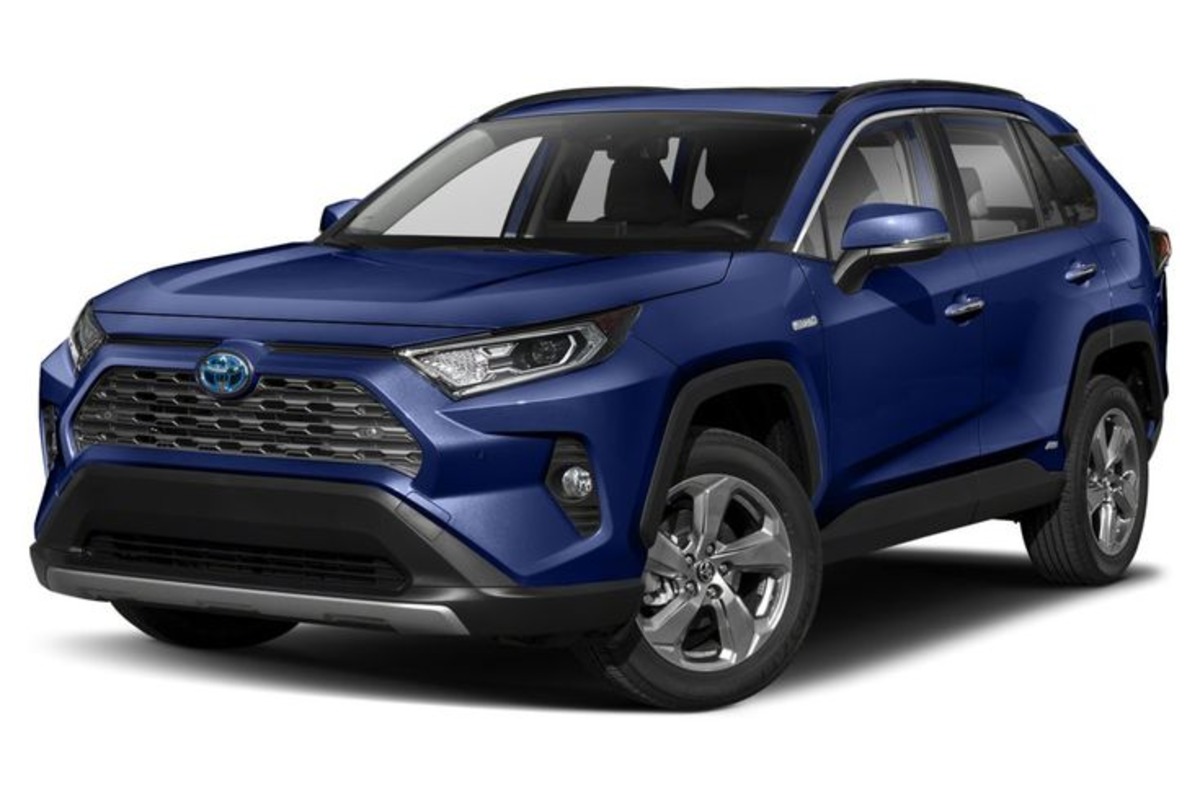
What also makes the RAV4 a standout is its resale value. Thanks to Toyota’s reliability reputation and strong demand, used RAV4s fetch premium prices—even at high mileage. That long-term value isn’t just about durability—it’s about trust earned through consistent real-world results.
Whether you’re looking for a long-term commuter or a small SUV to keep for a decade or more, the RAV4 is a model that keeps on delivering.
Next up: a pickup that’s become a legend for lasting nearly forever—the Toyota Tacoma.
4. Toyota Tacoma (2005–Present)
Ask any mechanic or off-road enthusiast to name a truck that just won’t quit, and the Toyota Tacoma will almost certainly come up. Known for its rugged durability, simple mechanics, and bulletproof reputation, the Tacoma has become a legend in the midsize pickup segment.
It’s not uncommon to find Tacomas from the early 2000s still running strong with 300,000+ miles, especially in the hands of owners who perform basic maintenance.
The Tacoma’s most praised asset is its 4.0L V6 engine (used widely from 2005 to 2015). It may not win drag races, but it’s a torque-rich, old-school workhorse that’s known to run like a tank.
Later models with the 3.5L V6 introduced in 2016 offer better efficiency and smoother performance, while maintaining Toyota’s renowned reliability. The 2.7L inline-4, found in base trims, is also remarkably long-lived, albeit less powerful.
Transmissions—whether the 5-speed manual, 6-speed manual, or automatic—are equally hardy. These drivetrains are designed for abuse, and many Tacomas are still on their original clutch or gearbox after 200,000 miles. For off-roaders and tradespeople alike, this is a huge draw.
Tacomas are also known for their sturdy frames and durable suspensions. After Toyota addressed frame rust issues in earlier models (with extended warranties and frame replacements), the truck’s long-term structural integrity became one of its biggest selling points. Whether used on construction sites, mountain trails, or daily commutes, the Tacoma holds up under stress.

The interior is no-frills but built for the long run. Switchgear is chunky and durable, seats resist wear, and electronics—though basic—are dependable. Many owners say their Tacomas feel nearly the same after 10 years as they did on day one.
Fuel economy isn’t best in class, and the ride can be stiff, but these are small trade-offs for a truck that’s built to last. Combine this with exceptionally high resale value and strong aftermarket support, and the Tacoma is easily one of the most dependable long-haul vehicles money can buy.
Coming up next: a full-size SUV that’s practically indestructible—the Toyota Land Cruiser.
5. Toyota Land Cruiser (1998–2021)
When it comes to vehicles engineered for extreme longevity, few names command the respect of the Toyota Land Cruiser. Built with the philosophy of overengineering rather than cost-cutting, the Land Cruiser isn’t just a luxury SUV—it’s a global durability icon.
From Australian outback expeditions to Middle Eastern deserts and rural American ranches, the Land Cruiser is legendary for reaching 500,000 miles and beyond with minimal mechanical drama.
The 100- and 200-Series Land Cruisers, produced from 1998 through 2021, are especially revered. Under the hood, the 4.7L V8 (in the 100-Series) and the 5.7L V8 (in the 200-Series) are known for their bulletproof construction.
These engines can run virtually forever with routine oil changes and basic upkeep. The 6-speed automatic transmission paired with the 5.7L V8 is incredibly robust, delivering smooth shifts and tolerating high mileage without issue.
One of the most enduring features of the Land Cruiser is its body-on-frame construction, which contributes to unmatched structural toughness.
It’s the reason many of these vehicles survive decades in off-road fleets, UN missions, and heavy-duty government service worldwide. Components like axles, transfer cases, and suspension systems are designed for serious abuse.
Inside, the Land Cruiser is both luxurious and practical. Leather interiors, real wood trim, and premium audio systems are balanced by switchgear designed for long-term use.

Unlike many luxury SUVs, the Land Cruiser’s interior rarely deteriorates—even under heavy use. Controls are intuitive and built to last, and electronics are far more reliable than in German competitors.
Maintenance costs are higher than your average SUV, but the payoff is unmatched reliability and resale value.
A used Land Cruiser with 200,000 miles can still sell for more than many new crossovers. Its cult-like following in both enthusiast and off-road communities further strengthens its reputation.
The Land Cruiser was discontinued in the U.S. after 2021, but its legacy remains unshaken. It’s not flashy or trendy—but it’s the vehicle you want if you’re going somewhere far away and need to get back, no matter what.
5 Cars That Collapse in the First Year
While some vehicles are built to last decades, others reveal their weaknesses almost immediately. Whether it’s poor quality control, rushed design, subpar materials, or untested new tech, certain cars show serious signs of trouble before even reaching their first birthday.
These aren’t just minor annoyances or break-in quirks—they’re red flags that result in repeat dealer visits, warranty claims, and frustrated owners wondering where things went wrong.
In today’s competitive market, manufacturers often push out new models or refreshes at breakneck speed to stay relevant. But when that haste compromises engineering and testing, it’s the buyer who pays the price.
These cars may look attractive on the lot, offer flashy features, or come with enticing price tags, but beneath the surface lies a short road to mechanical headaches.
This list covers five vehicles that gained notoriety for early failures—issues surfacing in the first 12 months of ownership.
We’re talking about transmission failures, electrical gremlins, infotainment breakdowns, engine stalling, and other systemic flaws that leave owners stranded or angry.
These are models that have shown up repeatedly in reliability surveys, owner complaints, and early trade-ins—signs that the shine wore off fast.
We’re highlighting these vehicles not to bash, but to inform. If you’re in the market for a new or barely-used car, it pays to know which models tend to unravel early.
While every vehicle can have a bad unit here or there, these five have earned reputations for early collapse that go beyond isolated incidents.
Let’s begin with a flashy compact that promised premium looks—but delivered bargain-bin reliability: the Alfa Romeo Giulia.
1. Alfa Romeo Giulia (2017–Present)
The Alfa Romeo Giulia turned heads the moment it debuted. With sharp Italian styling, a driver-focused chassis, and promises of luxury performance, it looked like a compelling alternative to German sports sedans.
But beneath the sculpted body and exotic badge lurked a problem—reliability, or more accurately, the lack of it. For many early owners, the honeymoon phase ended fast as mechanical and electronic issues began surfacing within the first year of ownership.
Powertrain issues were among the first red flags. While the 2.0L turbocharged inline-4 offers strong performance, it has been plagued by engine misfires, oil leaks, and rough idling. Some owners reported stalling under load, even while merging on highways—a frightening issue in a performance car.
The Quadrifoglio’s 2.9L twin-turbo V6 offered thrilling speed, but added complexity and cost without the dependability needed to back it up.
Transmission problems also emerged early. Jerky downshifts, hesitant acceleration, and “limp mode” warnings caused headaches—sometimes requiring full resets or dealer reflashes. Worse still, electrical gremlins became a common refrain.
Infotainment screens froze or rebooted, warning lights lit up randomly, and adaptive safety features would suddenly go offline for no apparent reason.
Dealership service experiences made matters worse. Alfa Romeo’s small U.S. network left many owners waiting weeks for parts or specialist technicians.
Combine that with limited loaner availability, and customers were often left stranded with brand-new cars that couldn’t be trusted for daily driving.
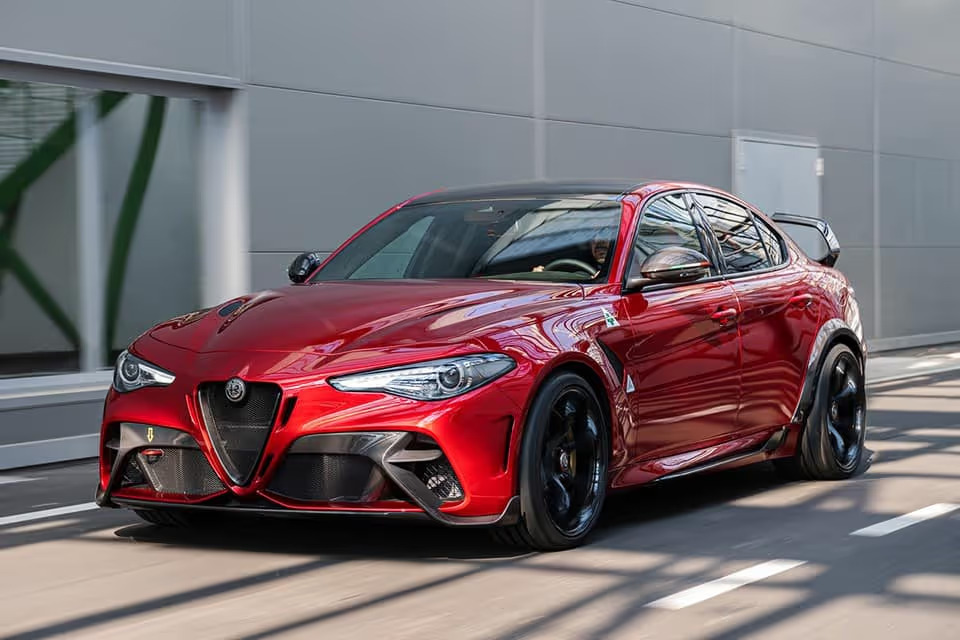
Despite its undeniable charm behind the wheel, the Giulia became a poster child for style over substance.
Even fans who loved the driving dynamics grew frustrated with the constant interruptions and unreliability. As a result, many were traded in early, and resale values dropped sharply.
What could’ve been a rebirth for Alfa Romeo in North America instead served as a cautionary tale. The Giulia might stir the soul—but too often, it breaks the spirit.
Up next: a high-tech electric crossover that promised innovation but delivered early disappointments—the Ford Mustang Mach-E.
2. Ford Mustang Mach-E (2021–Present)
The Ford Mustang Mach-E launched with high expectations. As Ford’s first serious EV built from the ground up, it promised cutting-edge tech, impressive range, and a sporty alternative to Tesla’s Model Y.
It even wore the Mustang badge to emphasize performance pedigree. And while it succeeded in turning heads and earning media buzz, real-world owners quickly encountered an ugly truth: many Mach-Es began suffering serious reliability issues almost immediately after purchase.
One of the most reported problems was with software and electrical systems. Early models were plagued by infotainment glitches, frozen touchscreens, and software updates that bricked systems instead of fixing them.
Some cars even refused to start until rebooted like a smartphone. Ford attempted to remedy many of these issues through over-the-air (OTA) updates, but not all bugs could be patched remotely—sending owners back to the dealership repeatedly.
Battery management was another pain point. Some Mach-E units experienced 12-volt battery drain, which ironically immobilized a fully charged EV.
This glitch often occurred after sitting idle for a few days, leaving owners stranded and confused. High-voltage battery cooling system faults and charging errors also triggered warning lights and degraded performance, even in new vehicles.
The drivetrain wasn’t exempt either. Owners reported shuddering under hard acceleration, regen braking malfunctions, and odd noises from the motors.
While not universal, these issues occurred often enough that Ford issued multiple technical service bulletins (TSBs) and recalls within the model’s first two years.

Dealership response varied wildly, and since many Ford techs were still training on EV systems, diagnosis and repair times could stretch into weeks. Loaners were inconsistent, leading to customer dissatisfaction and early trade-ins.
The Mach-E’s concept is promising—and newer models have seen improvements—but for many early adopters, the first year was riddled with glitches, delays, and headaches that soured what should’ve been an exciting new chapter in EV ownership.
Coming up next: a budget sedan from a major brand that proved you don’t always get what you paid for—the Nissan Sentra.
3. Nissan Sentra (2020–Present)
When Nissan redesigned the Sentra for the 2020 model year, it finally gave the compact sedan the style and tech it had long been lacking.
With sleeker lines, a more upscale interior, and a host of standard safety features, it seemed like a major step up from the aging previous generation.
But unfortunately, many owners discovered that under the modern skin lay some of the same old problems—particularly in build quality and reliability. For a shocking number of buyers, problems emerged within the first year of ownership.
At the heart of the Sentra’s issues is its CVT (Continuously Variable Transmission)—a long-standing Achilles’ heel in many Nissan models.
Reports of jerky shifting, delayed acceleration, shuddering under load, and premature failure began surfacing almost immediately after the redesign hit the streets.
In some cases, drivers experienced sudden loss of power, with the car slipping into limp mode or refusing to accelerate safely—serious concerns for a brand-new vehicle.
Compounding the issue were electronic and interior quality problems. Numerous owners reported faulty sensors for lane departure warning and automatic emergency braking systems.
The infotainment system occasionally froze or rebooted, and some cars suffered from poor screen resolution or unresponsive controls. Other common complaints included rattling dashboards, flimsy seat materials, and door panels that warped or came loose over time.
Suspension and alignment issues were also surprisingly common. Some Sentras developed uneven tire wear within just a few thousand miles, and many owners found themselves going in for multiple alignment checks far too early in ownership.
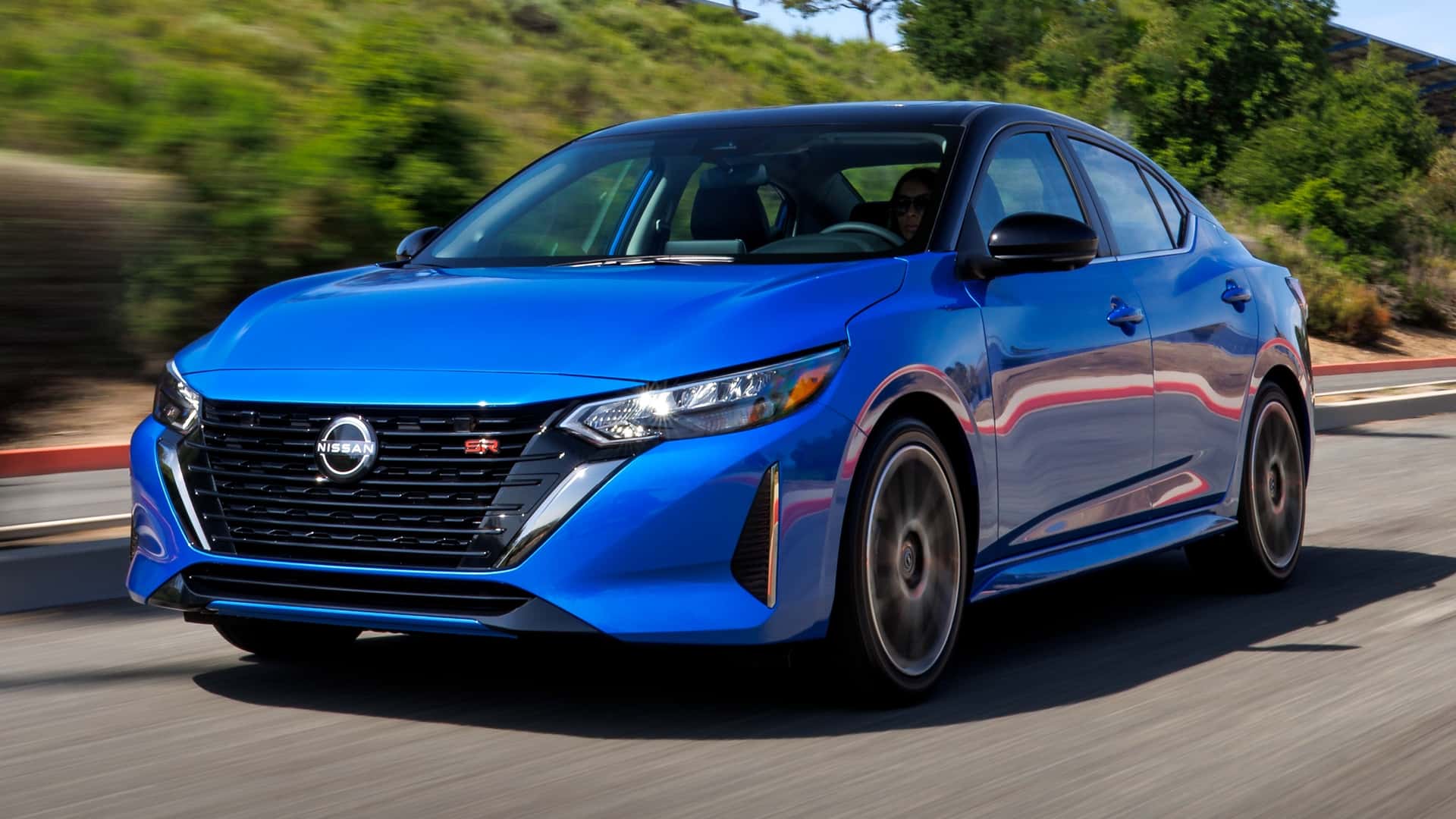
While Nissan offered fixes under warranty, customer experiences varied widely by dealership. Some owners had to wait weeks for parts or were told their issues were “within spec,” despite repeated symptoms.
This inconsistency led to early frustration and several Sentras being traded in before even hitting the 12,000-mile mark.
Though competitively priced, the Sentra’s long-standing reputation for mediocrity in the compact class sadly resurfaced. For buyers hoping Nissan had finally turned a corner, the 2020+ Sentra proved that a fresh design doesn’t always mean fresh reliability.
Up next: an ambitious luxury EV that wowed on paper but frustrated in practice—the Lucid Air.
4. Lucid Air (2022–Present)
The Lucid Air launched with huge expectations. As a startup luxury EV backed by former Tesla engineers and boasting specs that shattered industry benchmarks—500+ miles of range, supercar-level horsepower, and minimalist luxury—it promised to redefine the high-end electric sedan.
And in many ways, it did. But for early adopters, the first year with the Lucid Air has too often been defined by unfinished software, inconsistent quality control, and reliability woes, leaving a trail of disappointed luxury buyers behind.
Most of the Air’s first-year issues stem from its overly ambitious tech rollout. Early models were plagued with infotainment bugs, with screens freezing mid-drive, software functions disappearing, and critical systems like navigation and climate control going offline.
OTA (Over-the-Air) updates were meant to fix these problems, but sometimes created new ones—such as disabling charging timers or causing interface lag. This led many owners to refer to the vehicle as a “beta test on wheels.”
Charging issues also surfaced early. Some Lucid Airs refused to initiate charging at public DC fast chargers, or suffered from communication faults between the vehicle and the charging station. For an EV touted as Tesla’s biggest competitor, these reliability concerns were especially damaging.
Mechanical glitches added to the frustration. Owners reported door handles that jammed, panoramic glass roofs that creaked, and misaligned trim on cars delivered straight from the factory. Some vehicles even experienced drive unit faults or electronic system failures, prompting full replacements within the first few thousand miles.
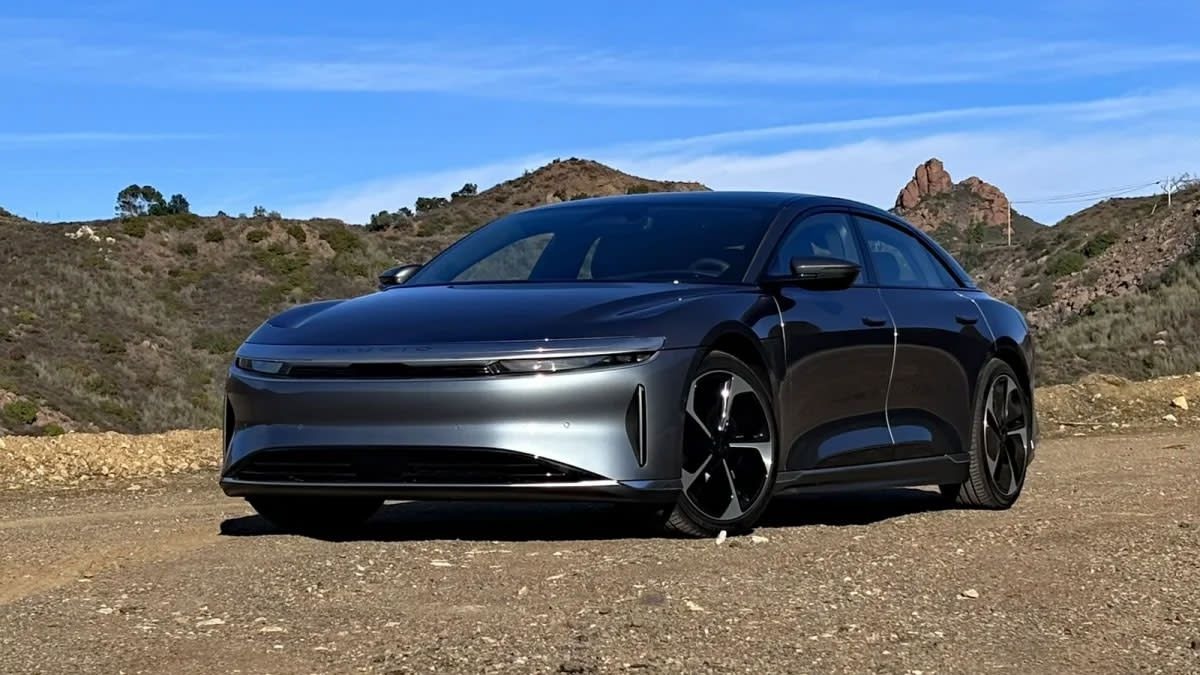
While Lucid’s customer support has tried to be proactive, the company’s small service network and slow parts supply have led to lengthy service times, sometimes stretching into months for what should be routine repairs.
In short, the Lucid Air is an engineering marvel on paper, but for many early buyers, its first-year experience has been marred by software instability and teething problems typical of a young brand scaling too quickly. It’s a car full of potential—but one that arguably should have spent more time in testing before reaching consumers.
Coming up next: a once-beloved American nameplate that’s stumbled hard in recent years—the Chevrolet Malibu.
5. Chevrolet Malibu (2016–2023)
Once a staple of the midsize sedan market, the Chevrolet Malibu has fallen far from its former glory.
Despite attractive styling and decent road manners, recent generations—particularly models from 2016 onward—have developed a troubling reputation for early reliability issues, many of which begin surfacing within the first 12 months of ownership.
For buyers hoping to get a solid, affordable family sedan, the Malibu has too often delivered disappointment.
The most frequent problem area is the engine and transmission pairing. Many Malibus are equipped with the 1.5L turbocharged four-cylinder and a CVT (Continuously Variable Transmission). Unfortunately, that combination has proven troublesome.
Owners report hesitation when accelerating, transmission slipping, hard downshifts, and even full failures within the first 15,000 miles. The engine itself suffers from oil consumption issues and occasional misfires—problems that feel out of place in a new car under warranty.
Electrical gremlins also surface early and often. Complaints include flickering or dimming dashboard lights, infotainment systems that reboot mid-drive, and Bluetooth systems that randomly disconnect.
Several owners have also encountered “Service ESC” (Electronic Stability Control) warnings triggered by sensor failures—often requiring repeated visits to the dealership before being resolved.
Interior quality has further eroded confidence. Seat stitching has been known to unravel within the first year, while cheap-feeling plastics and trim pieces creak or rattle over time.
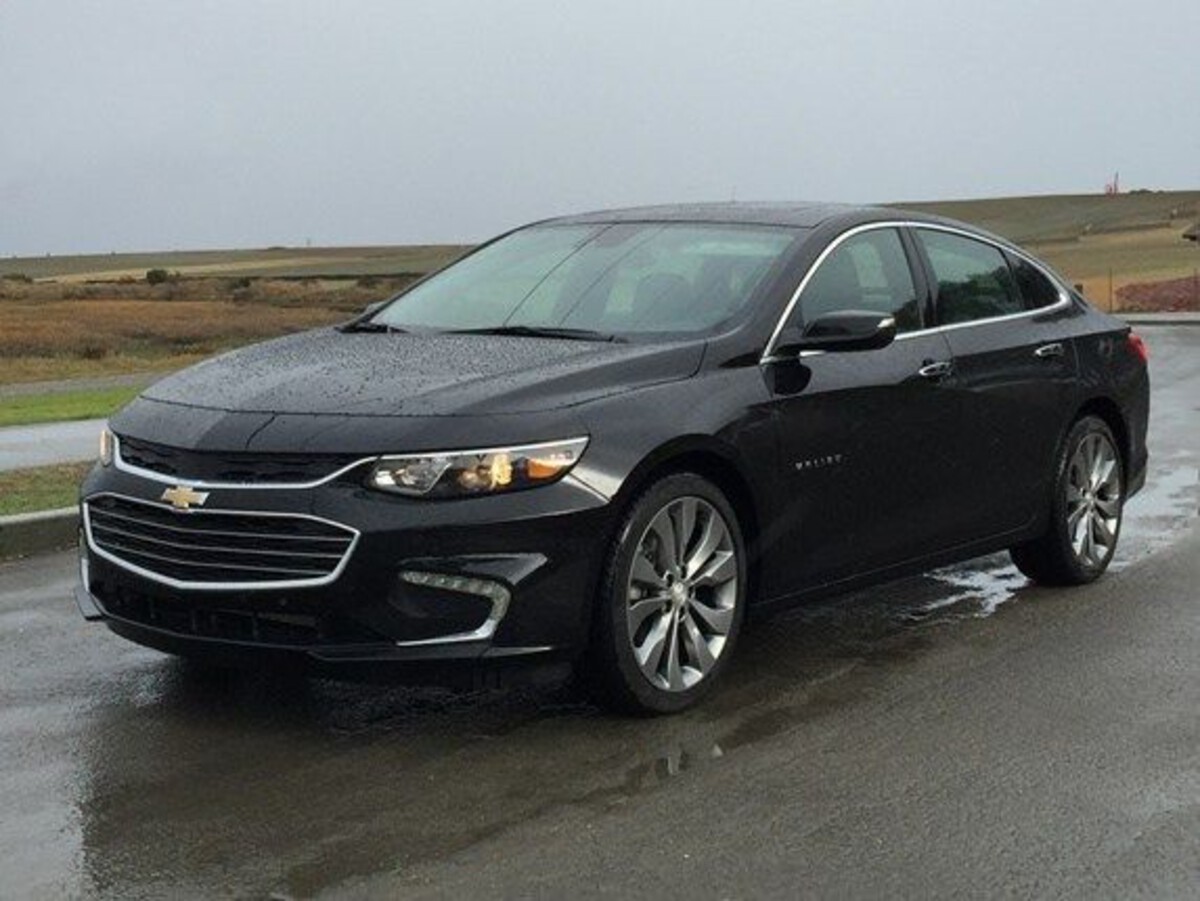
Compared to competitors like the Honda Accord or Hyundai Sonata, the Malibu’s cabin struggles to hold up to daily wear, even in low-mileage use.
What exacerbates all of this is inconsistent dealership support. Some Chevy dealers have brushed off clear issues as “normal,” leaving customers without solutions or pushing them toward costly repairs not covered by warranty.
As a result, many Malibus are traded in well before 36,000 miles, and the car’s resale value has plummeted accordingly.
With Chevrolet discontinuing the Malibu after 2024, it becomes clear that the company saw the writing on the wall.
Once positioned as a dependable family sedan, the Malibu now serves as a warning: even a familiar nameplate can fall short of expectations when cost-cutting takes priority over quality.
In today’s automotive world, the gap between vehicles built to endure and those that break down early is wider than ever.
As we’ve seen, longevity doesn’t come from flashy tech or clever marketing—it’s earned through consistency, quality engineering, and a manufacturer’s commitment to reliability.
The five long-haul champions we explored—like the Toyota Camry, Honda Accord, and Land Cruiser—prove that with the right design philosophy, a car can easily survive a decade or more with minimal headaches.
These vehicles have earned their reputations over millions of collective miles, delivering not just transportation, but peace of mind.
By contrast, the five vehicles that collapse in the first year serve as cautionary tales. Whether it’s Alfa Romeo’s beautiful but buggy Giulia or the tech-laden Lucid Air struggling with teething issues, early failure often stems from rushed execution, unrefined systems, or poor quality control.
Even mainstream models like the Nissan Sentra or Chevrolet Malibu demonstrate how cost-cutting or ignoring customer feedback can tank a vehicle’s long-term value—sometimes before the first oil change is due.
The lesson here isn’t just about avoiding lemons or buying bulletproof Toyotas. It’s about being informed, understanding the difference between theoretical potential and proven performance.
A car is one of the most expensive purchases most people make—and getting it wrong can mean years of frustration, constant repairs, and money lost. Getting it right means the opposite: low stress, fewer surprises, and a vehicle that quietly delivers for years on end.
If you’re in the market, ask yourself what you really need: A car that dazzles in the showroom but stumbles on the street—or one that stays strong long after the new-car smell has faded? The choice between short-term excitement and long-term trust is one every driver must make.
Also Read: 5 Cars With the Most Ergonomic Pedals and 5 Clumsy Layouts

